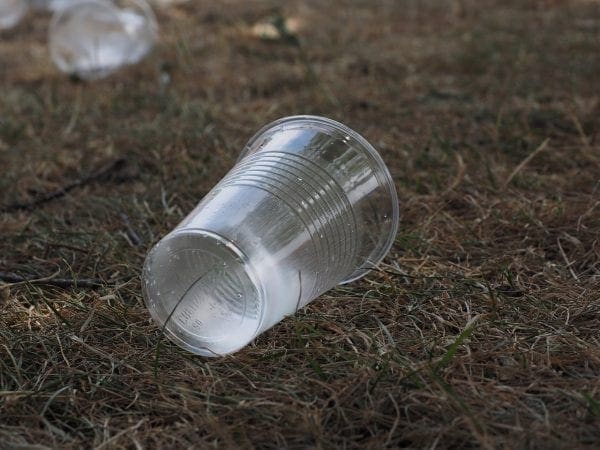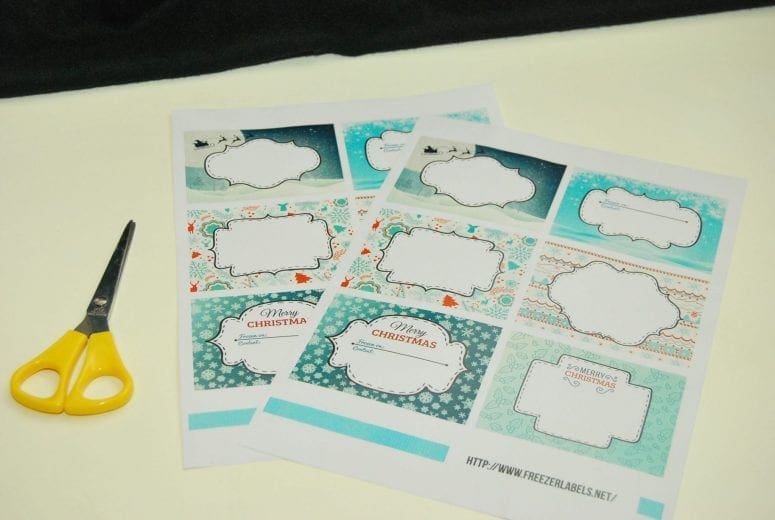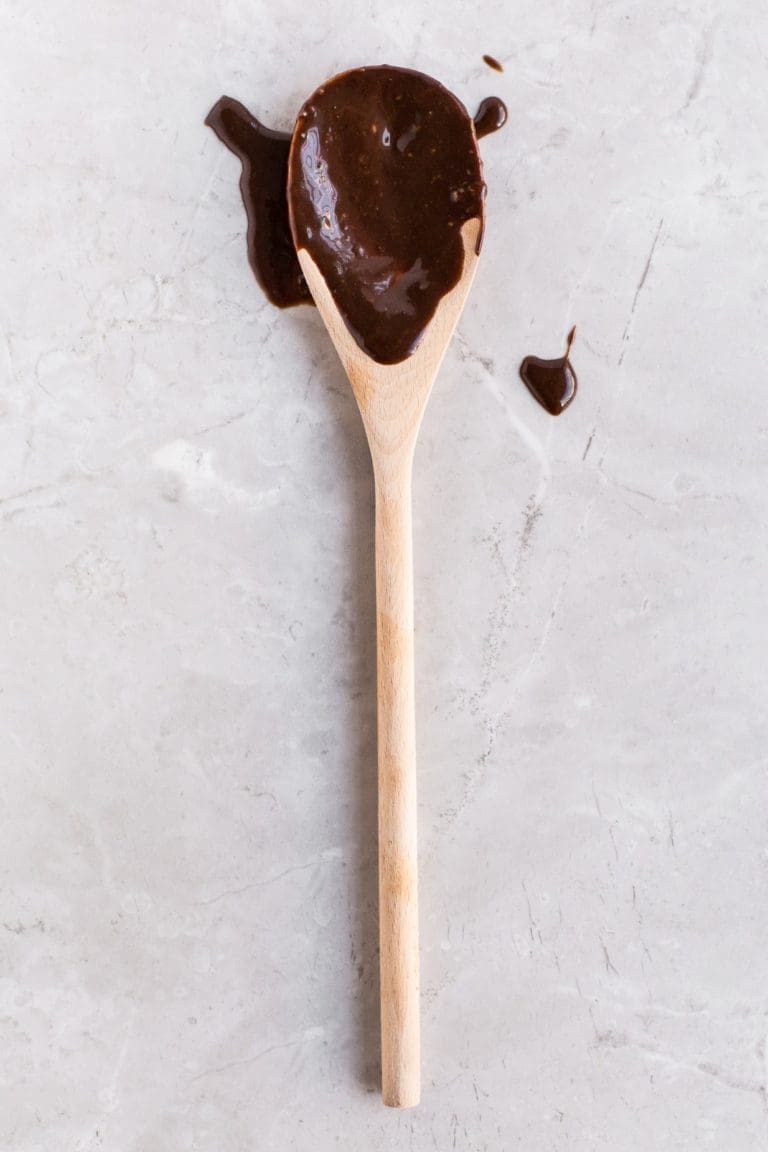The Possibilities of Plastic

Plastic is everywhere. It holds your water: in your water bottle or that cup, you got from the coffee shop. Your cooking spoons are made of plastic. Your toys as a kid and your office supplies now are predominantly made of plastic. It’s taken over our world with its versatility and easy to manufacture.
The first plastic was made back in 1907, using phenol and formaldehyde. Leo Hendrik Baekland was responsible for this first viable method, and since then, plastic has blossomed into endless varieties. Plastics can now be made with synthetic, semi-synthetic, or natural materials. The majority of plastics are still made from petrochemicals, but a rise in healthy-thinking has caused plastics made from plant materials to grow in number as well.
Because plastic is so versatile, the different types and purposes have greatly expanded. The density, hardness, and resistance to solvents are all determined by plastic type, making for almost limitless design potential. No matter what a business’s purpose is, it can find a plastic that works right for their product. Think of the difference between the plastic that made your toothbrush and the plastic that made your camping tarp. The versatility, ease of manufacture, and relatively low cost make plastic a huge part of cultural progress.
Whether it’s the plastic Slatwall holding shelves in your favorite retail store, or the shimmering wrap your cell phone came in, we often ignore how much plastic makes up our world. If you look around the room right now, you’ll notice how much of your environment is made up of plastic. The chair you’re sitting in. The handrails on an escalator. The display boards at your local bookstore. Without the development of plastic, the world would look very different; the growth of businesses, countries, and world-powers was affected by plastic and its role in manufacturing, wealth, and world wars.
Plastic is developed by speciality machines, making not just the type, but the uses of plastic unlimited. Whether it will be used to make legos or your picnic cups, right now, all over the world, plastic is being made and shaped to one day end up in your home.
We often ignore just how much plastic is a part of our world. If we were still limited to metal and wood, the world would never have developed into the place we know today. While progress has both good and bad qualities, we can thank plastic, in some part, for our improved quality of life. It’s grown the businesses that grew our economy and gave us a prosperous lifestyle. Plastic, a substance made from petrochemicals, has essentially changed the world. We have to wonder if Leo Hendrik Baekland, back in 1907, knew just what he was doing. Either way, in his lab that day, he brought unimagined possibilities to manufacturing.









